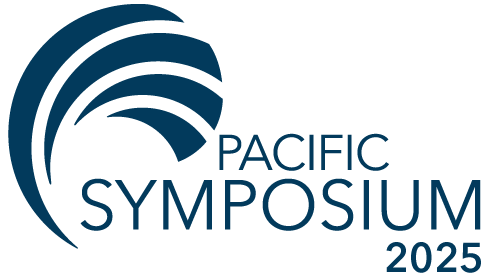Chinese medicine has much to offer during pregnancy, labor and delivery, and post-partum care, both outpatient and in-patient. Managing pain and discomfort are foremost, from migraines to back pain to pelvic pain, and it requires special considerations in these scenarios. Recognizing red flags and the need for referral is always important, but particularly so during pregnancy. This class will provide an overview of strategies to support a healthy labor, as well as how to support patients and caregivers, if things get difficult. Chinese medicine has a role in successful outcomes for pre-term contractions or labor, premature rupture of membranes, and breech presentation, as well as the “golden month”.







